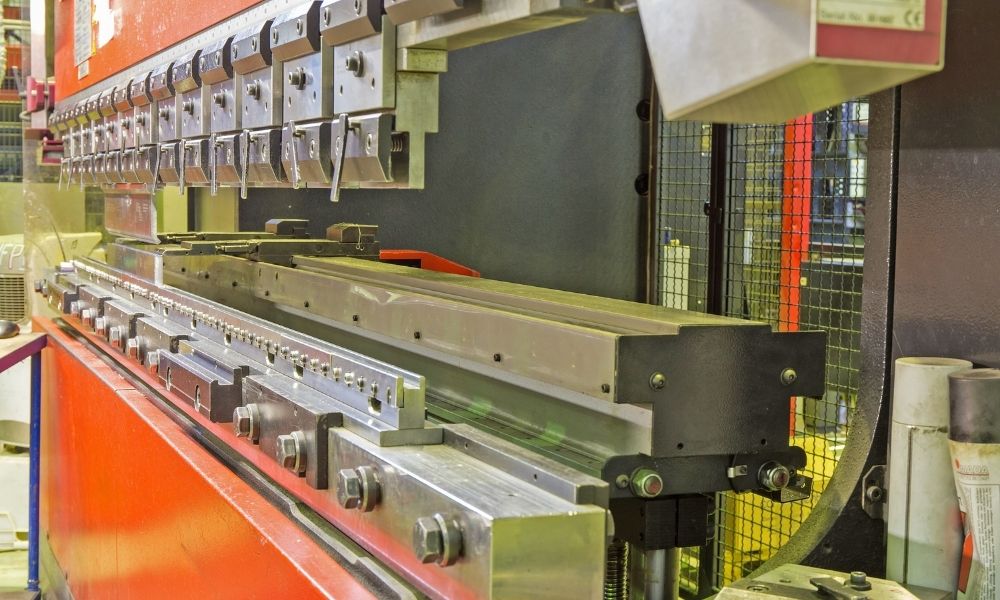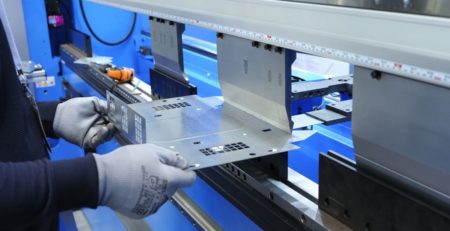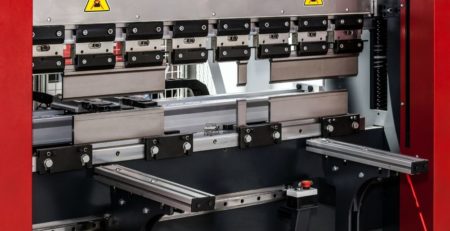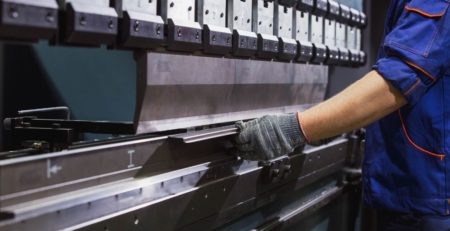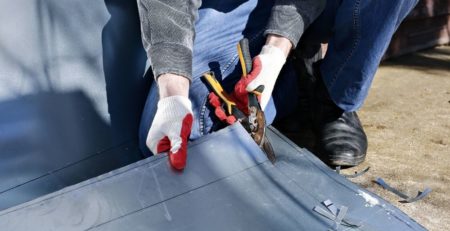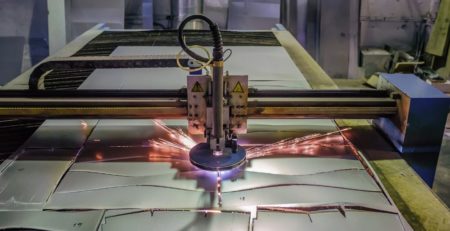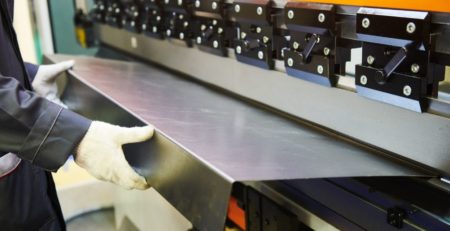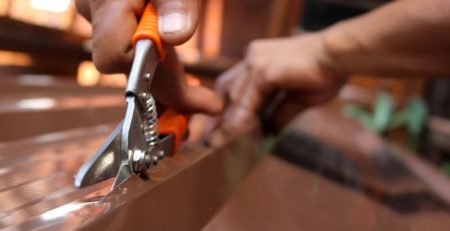The Different Types of Press Brake Tooling
Before diving in and using any press brake operators, it’s a good idea to better understand what you’re getting yourself into before finding and purchasing a CNC hydraulic press brake in a for-sale ad or from another company. Press brakes are those types of machines where you’ll need to heavily rely on an instruction manual for it to operate correctly. This is a breakdown of the different types of press brake tooling.
Rules of Selecting Your Press Break
When considering getting a press brake, there are a few rules to follow to ensure you understand the different types of press brake tooling and how each piece of metal will look once your work is finished for the day.
Some ways to tell if your press brake meets the minimum requirements is to check that your clamp has an accurate and high precision rate. This helps make sure your press brake doesn’t have to be tweaked when you’re setting up. Also, you should watch out for sizing. At Mac-Tech Inc., we provide accurate measurements and tool requirements to help you determine the correct type of press brake tooling and machine for you.
Understanding the Three Main Press Brake Styles
Each press brake style is unique and knowing what kind of machine you have and the project you are considering will determine the type of tooling you will need. The more common tooling styles are the American Tooling System, the European Tooling System, and the New Standard System.
American Tooling System
If you are looking for a fast setup, then this style of tooling is right for you. The punches it gives are caused by a self-seating groove that clamps, sits, and centers itself after a button is pushed. The safety clicks will help with loading and unloading vertically. This will also not require a special clamp.
European Tooling System
This tooling usually is sold with new press brakes. Given that it’s an older type of tooling, the European Tooling System comes with limitations. This tool will come with a punch holder that extends for short punches, making the use of force inexpensive.
New Standard Tooling
This type of tooling embodies both new and old technologies of tool press styles. It helps increase the speed needed for accurate and durable punches so it can be flexible with its other features. In addition, it can stretch the punches’ height and is considered the most precise system available right now.
Types of Tooling: the American Precision
One of the different types of press brake tooling is the American Precision tooling. This type of tooling will have a winged look with a span of 0.500-inch tangs that will be compatible with your press brake laser and other safety systems.
Types of Tooling: the Bevel Tang Style
This styled tooling is designed to be used with Amada Style press brakes where the tang will have an angle that can fit properly with its receiving clamp. This will help when you need a faster and safer tool change on your machine.
Types of Tooling: the European Precision Style
Another one of the different types of press brake tooling is the European Precision style. This tool will be thirteen millimeters wide with a rectangular groove on its side that will face the operator. This tool will engage with a receiver inside of the press brake.
Types of Tooling: the Wila Trumpf Style
This tool is a twenty-millimeter-wide tang that features a groove on the front and back. The punch is held into the holder with one or two mechanisms. This will help with narrow channels and created boxes to help anything pass through the center.
Types of Tooling: the Pin
Tooling that weighs more than twenty-seven point six pounds will include a small pin on the punch. This punch will be installed on the side of your press. This part of the tool is only needed if the tooling is overweight.
Type of Tooling: Fast-Change Button Style
Every tooling you get will include a fast-change button with a spring. This is only added on when the tooling is more diminutive than twenty-seven point six pounds. This part of the tool will enable the means to be conveniently installed on the front of the press.
Types of Dies for Tooling
When a punch and die are selected, your tooling should be checked to help make the process less stressful. Looking over the instruction manual and following specific requirements for your tooling, this will be the operator’s job to ensure that all safety precautions and the right tools are being inserted into the machine.
The Rocker-Type Die
This type of die, The Rocker, will bend metal by gliding up and down, side to side, on the piece of inserted metal.
The Gooseneck Die
The following style, the Gooseneck, will be used to clear off the rims that stick out from any workpieces. These are also known as flanges.
The V-Die
These types of dies for your press brake are called the V-Die. This is because they create V-shaped bends into the metal you are working on.
The Acute-Angle Die
Like geometry, the Acute-Angle Die will create different angles, such as acute, obtuse, and right angles. Geometry may become your favorite die type after trying it out.
The Seaming Die
Seaming Dies is probably the more straightforward style that can be used on your hydraulic press brake. This type of die will create seams into sheets and tubing.
The Multiple Bend Die
The Multiple Bend Die is self-explanatory. This method of style will create different types of shapes into your metal sheets. They’re all specific to the class.
The Curling Die
The Curling Die curls and coils the edges of metal sheets. The offset dies, another type, creates a Z-shaped piece by demonstrating two angles and using a punch and die set.
Using your hydraulic press brake, each type of tooling style will differ with each project you create and plan out. When planning, be sure to include the different types of classes you intend to incorporate, whether if that’s for one of your projects or a client’s. Knowing these key styles and even the different kinds of the die will help you succeed. You’ll be able to determine your accuracy in punches and the bending style of your hydraulic metal folding machine.


